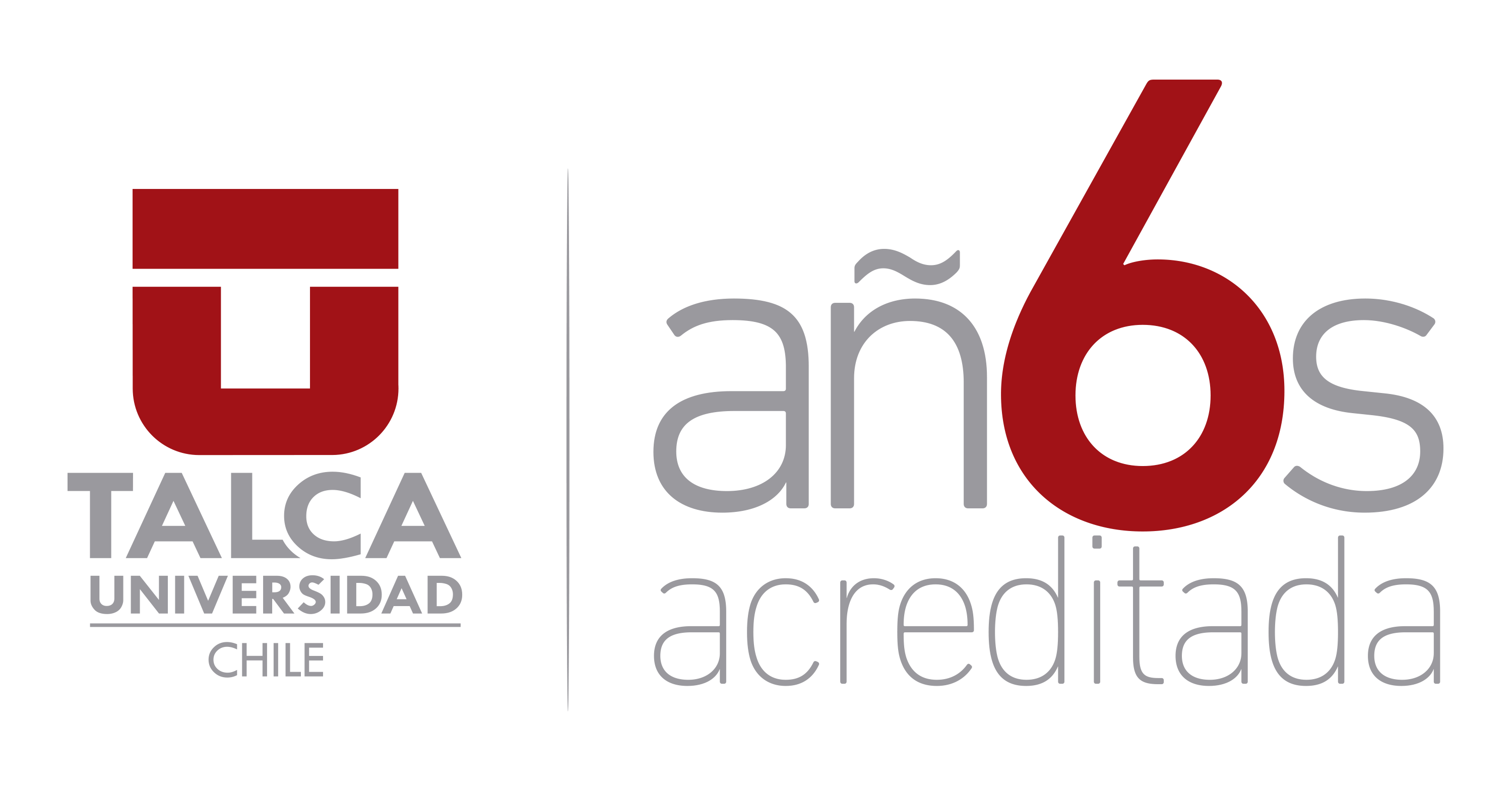The fresh blood sugar concentration dimensions were made with an enthusiastic Accutrend GC glucometer (Boehringer Mannheim, Mannheim, Germany). No less than five sized blood sugar levels and you may parallel size of bloodstream and you can plasma viscosity were made for everyone of the dos9 instances in the 0, 31, sixty, and you may 120 min within 22°C, immediately after intake out-of 75 grams from sugar.
Analytical Comparison
Outcome of the original category was in fact examined mathematically with the Pupil t ensure that you Spearman correlation attempt. The connection between blood sugar levels quantity and viscosity was analyzed statistically by using the Pupil t take to, data from difference, and regression data.
Results
When the blood temperature decreased from 36.5° to 22°C, the mean blood free flow time increased from to sec (%). According to Poiseuille’s equation, the blood flow rate decreases %, and for the compensation of this ischemic state, a % BP increase or 5.9% vasodilation is needed. If viscosity (? in the denominator of the equation) changes from 100 to (%), the flow rate Q would decrease = %. If viscosity increases %, the pressure (F1 ? F2) value (multiplier in the equation) must be increased with the same percentage to keep the equation constant. When the viscosity increases %, to keep the flow rate constant, the radius of vessel (initial) a 4 , must increase %. The calculation of this increased radius (last) is a 4 final = 1.2613 ? a 4 initial. From this calculation, ?final = = 1.0597 and so, 5.97% vasodilation can be estimated.
In the event the temperature improved out-of thirty-six.5° to 39.5°C, the bloodstream free move day reduced off to help you sec (%). Contained in this state, the newest circulation rate improved %; predicated on Poiseuille’s picture, an effective % reduced amount of BP or dos.71% vasoconstriction try needed to support the hemodynamic balance constant.
The correlation between temperature and blood viscosity is r = ?0.84, P < .001 when all the differences at the three temperatures are evaluated together (Fig. 1). When all of the blood free flow time data for the three temperatures were evaluated together according to age, there was a negative correlation (r = ?0.1381 and P < .05); when the data were evaluated according to sex, it was found that the mean blood free flow time in women was % less than that in men (r = 0.3408, P < .001).
Effect of temperature on blood viscosity. When blood temperature decreases from 36.5° to 22°C, blood viscosity increases %. If temperature increases from 36.5° to 39.5°C, blood viscosity decreases %. To make a more accurate presentation in the graphic representation and statistics, instead of the “relative viscosity” value, blood free flow time in seconds (s) was used as data. When all of the differences at three temperatures are evaluated together, a negative correlation is seen between blood temperature and viscosity (r = ?0.84, P < .001).
When the temperature decreased from 36.5° to 22°C, plasma free flow time rose from 4 hookup bbw.81 to 5.71 sec (%); with a temperature increase from 36.5° to 39.5°C, it decreased from 4.78 to 4.57 sec (4.99%). A negative correlation was seen (r = ?0.9342, P < .001) when the plasma flow times at the three temperatures were evaluated together. With a temperature decrease from 36.5° to 22°C, erythrocyte free flow time increased from to sec (%). When the temperature increased from 36.5° to 39.5°C, erythrocyte free flow time decreased from to sec (9.92%). There was a negative correlation between temperature and erythrocyte free flow time (r = ?0.62, P < .001). All of the blood, plasma viscosity, and erythrocyte deformability differences due to temperature were statistically significant (P < .001).
